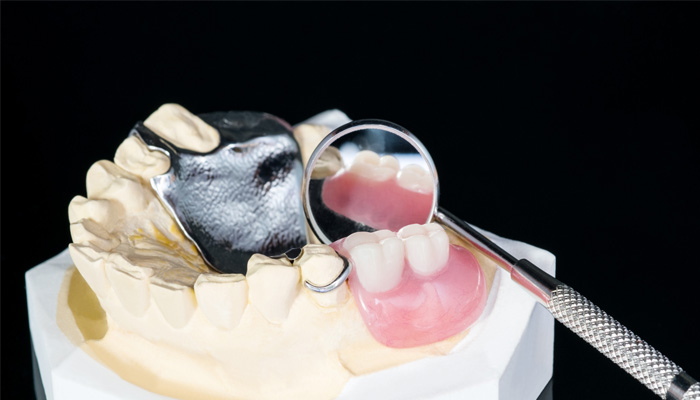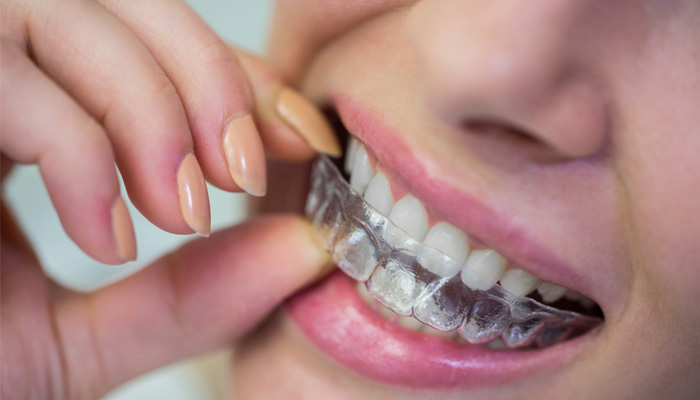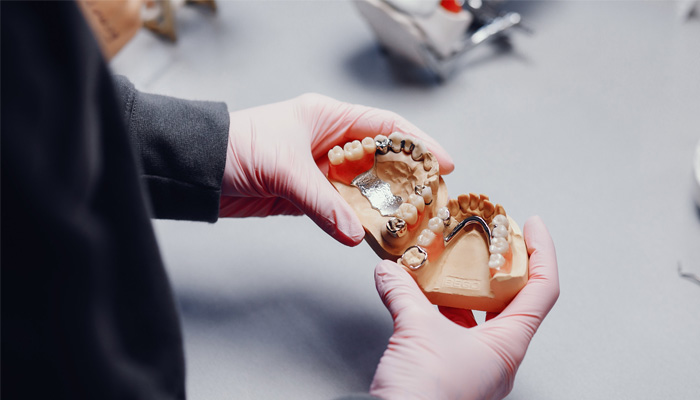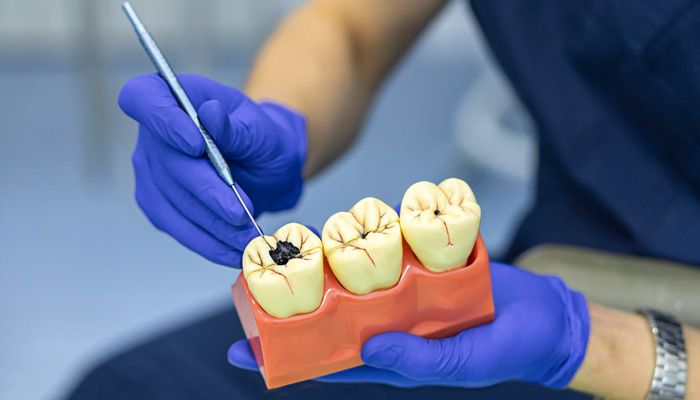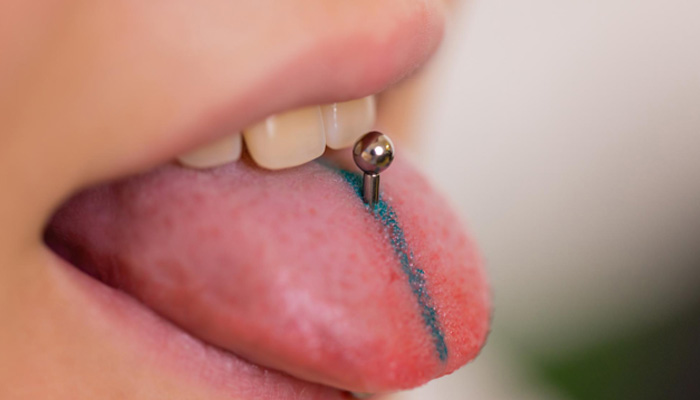Enamel is the outer layer of the tooth that is hard and visible. Enamel hypoplasia is a condition that occurs when the cells (ameloblasts) that produce enamel are disturbed during the formation of tooth enamel. The tooth affected by enamel hypoplasia appears as brown stains, white spots, and grooves.
Features of Enamel Hypoplasia
- White spots on the tooth
- Tiny grooves
- Sensitivity
- Retention of harmful bacteria
- Inflammation
Factors affecting enamel hypoplasia
Hereditary factors
- Amelogenesis imperfecta (abnormal enamel formation)
- Ehlers-Danlos Syndrome
- Usher syndrome
Environmental factors
- Dental trauma
- Vitamin deficiencies
- Bacterial and viral infections
- Low birth weight
- Diabetes
- Hypoparathyroidism
- Inflammation
Treatment
Early diagnosis and screening are important for the treatment of enamel hypoplasia. For minor defects that do not cause any deterioration, immediate treatment is not required; the dentist will monitor the condition of the child and provide appropriate treatment.
The following are available options to treat enamel hypoplasia:
- Resin composite fillings: They resemble the natural color of the tooth and can be used in the anterior (front) and posterior (back) teeth.
- Resin-bonded sealant: This is a type of plastic acrylic resin that gives a colored appearance to the tooth.
- Dental amalgam fillings: It is a mixture of metals that are used to fill dental cavities. It appears as a silver color.
- Enamel microabrasion: It helps to improve the appearance of teeth by applying abrasive agents.
- Professional dental whitening: Bleaching agents like hydrogen peroxide and carbamide oxide are used to remove the affected portion of enamel.
- Laser removal: Laser light can drive off carbonate and hardens the enamel.
















